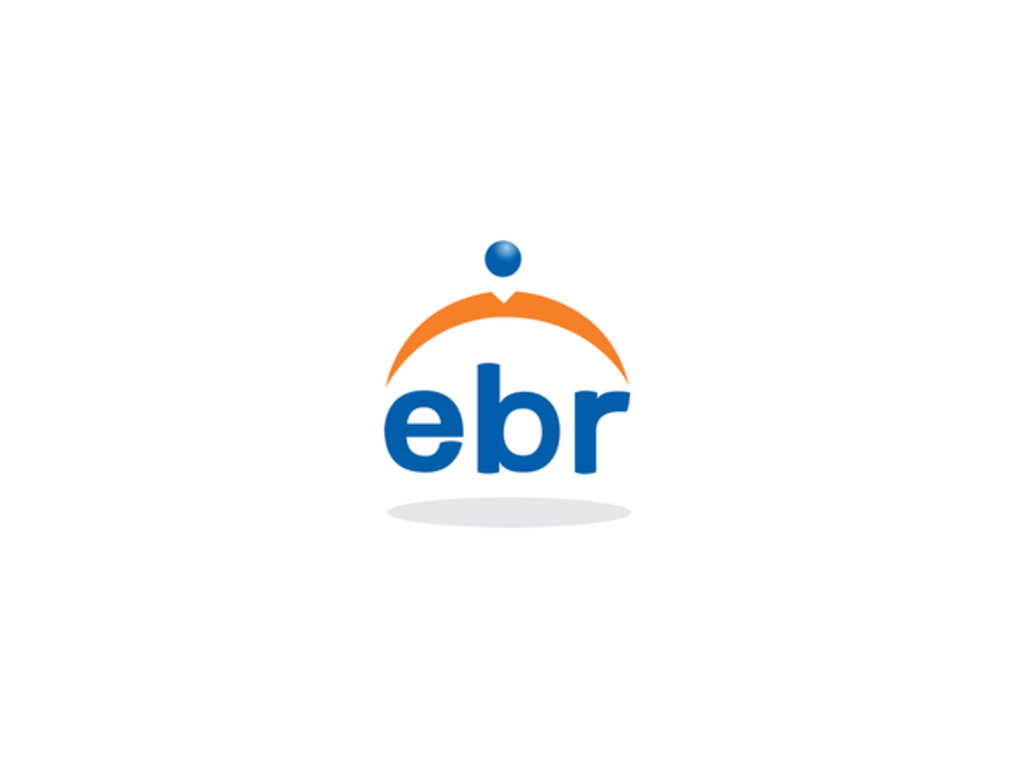published: 28 Oct 2020
5 min read | website: www.ebr.com.au
First, let talk about the function of job analysis.
Doing a complete job analysis isn't just important when writing job descriptions for recruitment. Once you have found your perfect candidate, job analysis can help you decide on the value of the applicant's skills and experience when negotiating salary. Furthermore, employees need to have a clear idea of what their responsibilities are, and more importantly, their evaluating managers need to be on the same page.
Without a complete job analysis, workers might fail to do required tasks or take on too much additional work because responsibilities aren't explicitly stated. The job descriptions and benchmark expectations that come from job analysis give employees and managers a common reference point and keep bias and favoritism out of annual performance reviews.
1) To Observe the job task analysis:
Whether it is your job or someone else's, take a day to observe the job. Don't worry about writing down every little thing that happens. It is better to get an idea of the big picture, the different tasks a person does in one day, week, and month. Don't forget to ask questions. Make sure that the person doing the job knows that this is not an interrogation, and you are not testing them. You simply want to understand the ‘why?' behind what they are doing during each step.
2) Task Analysis Checklist:
- Task analysis allows Return-to-Work team members to:
- Identify the root cause of unsafe conditions in the workplace;
- Prioritize workplace hazards so the worst problems can be addressed first.
- Make hazard prevention a part of new workplace design;
- Provide information to the health care provider treating the injured worker; and
- Determine the job modifications required to enable the worker to carry out job activities based on information provided by the health care provider.
3) Break down the task into subtasks:
You will need to identify the subtasks, the smaller 'chunks' of the larger task. These should also be brief and start with an action verb.
In our example, you want to find out the subtasks of adding new content to social media. You can find out this information either through discussion and/or observation with the social media manager. Let's say you discover that the subtasks for adding new content to social media are:
· Check the editorial calendar
· Add new contents to Twitter
· Add new contents to LinkedIn

Are we missing something? Help us improve this article. Reach out to us.
















